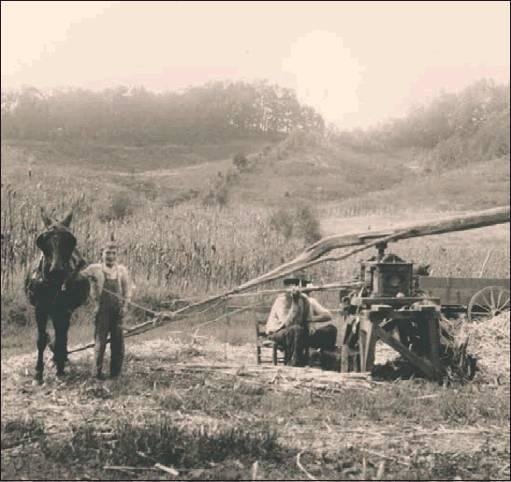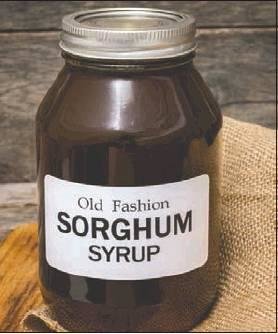From feeding pigs to sweetening coffee
Sugar cane has undergone a sweet transformation. It has gone from pig fodder to being used as syrup.
I wonder who was the brave, hungry soul who had the brilliant idea to chew on the stalk of …
This item is available in full to subscribers.
Subscribe to continue reading. Already a subscriber? Sign in
Get 50% of all subscriptions for a limited time. Subscribe today.
Please log in to continueNeed an account?
|
From feeding pigs to sweetening coffee
Sugar cane has undergone a sweet transformation. It has gone from pig fodder to being used as syrup.
I wonder who was the brave, hungry soul who had the brilliant idea to chew on the stalk of the fodder they fed to pigs.
Whoever it was, they made a delicious discovery.
The ancient peoples of New Guinea fed sugar cane to their pigs and were the 1st to cultivate the tall grass as animal fodder.
With the migration of people and pigs to India, they brought with them the pig’s favorite food - the sugar cane plant.
Peoples of India found the sweet plant juice satisfied their sweet tooth.
Grinding the cane or pounding the cane with rocks was 1 way to extract the juice, but they found out elephants and large stone extractors worked much better.
The juice was then boiled down to make sugary solids that looked like gravel. In fact, the Sanskrit word for sugar also means gravel or sand.
Roots of sugar cane
I grew up eating homemade pancakes and old-timey mixed bread smothered in real Dutch Fork molasses.
It started off as tall green stalks of sugar cane in the back yard.
All summer the stalks grew. By fall they were 15-20 feet tall.
To help my dad, I took my granddad’s machete and whacked cane at the root and hauled it to the wagon, where the leaves were stripped off.
The tractor carried the load to another part of the yard where the antique sugar press sat.
Uncle Rick and Dad took turns feeding the cane into the press.
I watched in amazement as juice from the squished cane ran into a large metal drum covered with a cloth.
The juice was poured into a cooking pot to start the long process of turning the sweet watery liquid into thick delicious molasses, or sorghum syrup, as dad called it.
2 kinds of sweet
Sugar cane molasses and sorghum syrup are similar but different.
They both are in the grass family.
Sorghum is called Sorghum bicolor, and also millet.
The seeds are used in cereals, ground into flour, and the stems are used to make sugar in the same process as sugar cane. They can be boiled to make dark brown syrup similar to molasses.
Truetreatscandy.com says that in the book of Ezekiel, the word “dochan” is translated as millet. Dochan is still the Arabic word for forms of sorghum.
Saccharum officinarum, or sugar cane originated from an unknown wild Asian perennial grass, according to sugarhistory.et.
It’s the world’s largest crop and where we get our sugar from today.
More than just tasty
Records from the Greek and Roman eras say crystalized sugar was used to treat stomach ailments.
Sugar was brought back with the Crusaders, who called it “sweet salt.”
Sweet salt is the tastiest “medicinal” ingredient in my coffee.
The fake syrup in stores does not even come close to competing with the rich flavor of real molasses.
I think the next time I eat that chocolate chip cookie, I’ll take the Roman view of sugar and say it is to help my digestion!
Other items that may interest you












Comments
No comments on this item Please log in to comment by clicking here